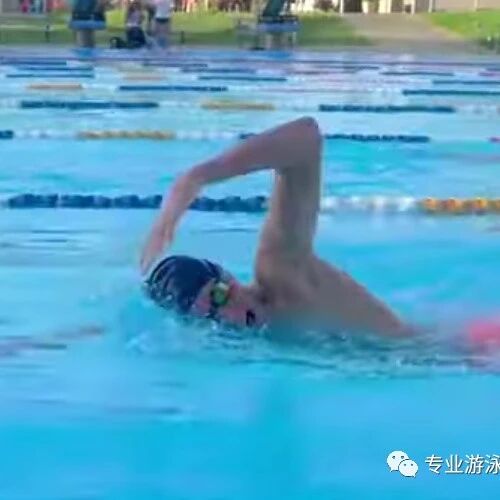Remember these three steps, and you'll never drown.
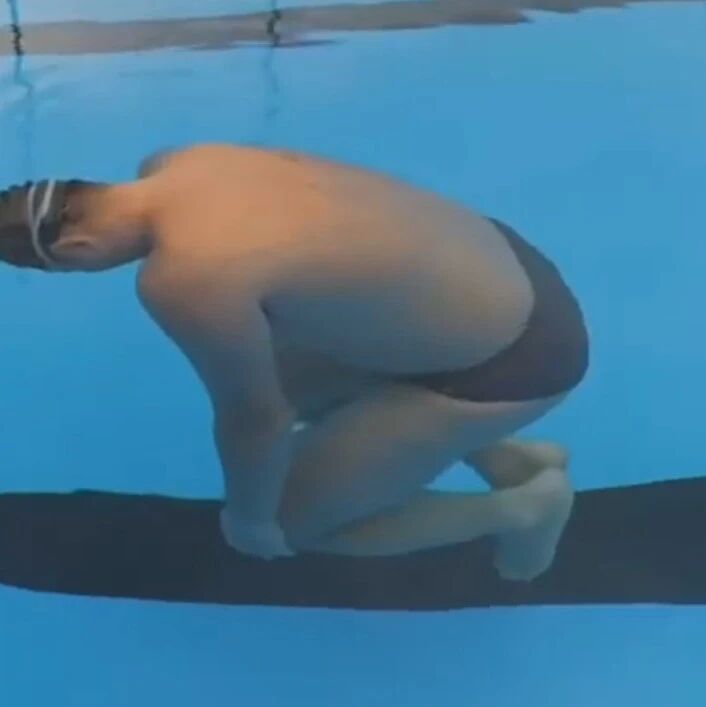
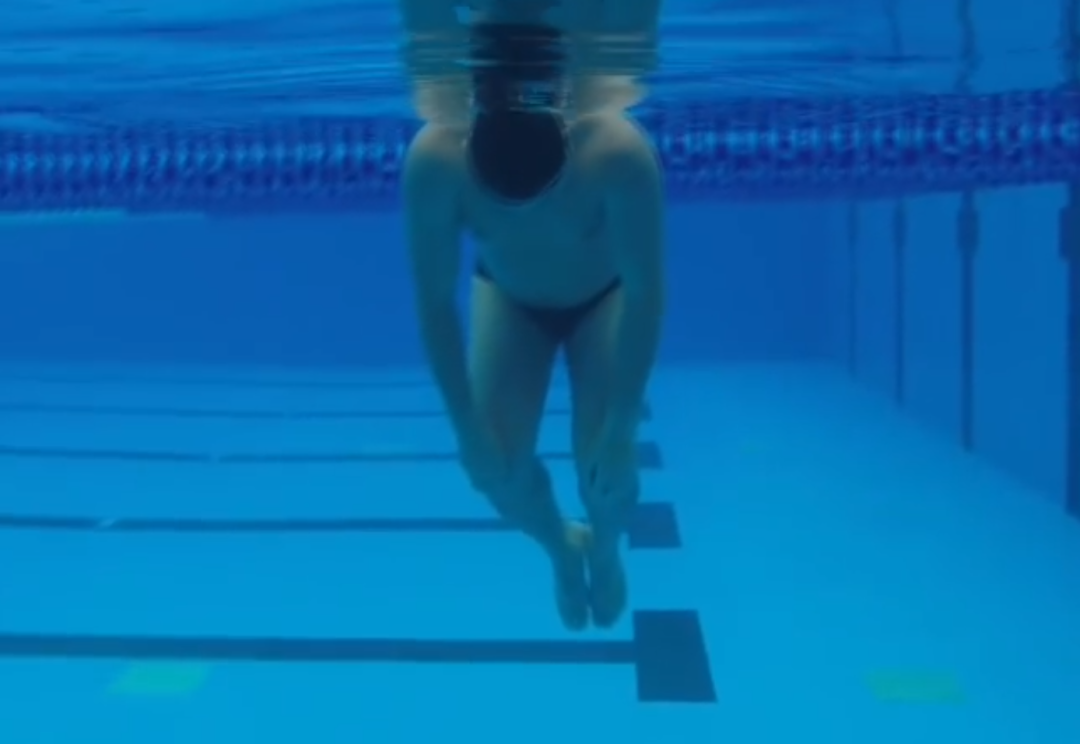
Remember these three steps, and you'll never drown.
The first step isn't about relaxing.
Many people are afraid of swimming—this deep-seated fear stems from the possibility of "drowning." Only by learning how to swim and gradually becoming comfortable with water and aquatic environments can this fear slowly begin to fade.
Fear of the unknown is a good thing.
Accidental drownings among experienced swimmers—or even amateur experts—often occur when they lose their sense of awe toward the water and completely let go of any lingering fear. No matter how skilled or confident a person may be in the water, they still need to thoroughly prepare themselves before entering unfamiliar waters. Even seasoned adventurers attempting daring crossings must carefully plan ahead and have robust emergency measures in place.
Instinctive reaction in case of an accident
The instinctive reaction is panic—reaching out with both hands toward the surface, frantically trying to get your head above water. Whether it’s colliding in the deep end of a pool or experiencing cramps while swimming outdoors, these instinctive responses can easily take over. Many people advise swimmers not to panic and instead focus on relaxing—but in reality, letting go of tension is easier said than done.
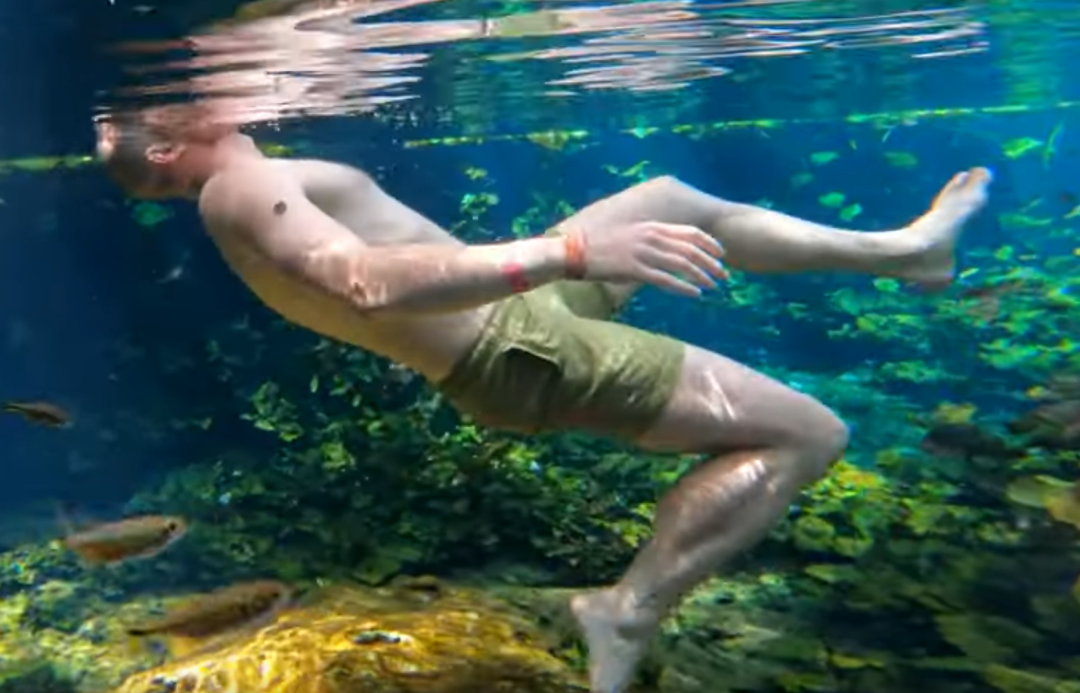
The first step must be adjusted to a safe position.
In fact, the most crucial and easiest thing to do in case of an accident is to transform your instinctive reaction into the posture you’re most familiar with, most skilled at, and that makes you feel safest.
Self-help examples in case of an accident:
• Get into a flat, prone position immediately.
Just like when you first start learning to swim, floating face down on the water can quickly help you relax, allowing your mind to make the right choices.• Switch to breaststroke immediately.
Some swimmers may actually know how to swim freestyle, but when faced with an unexpected situation, they become flustered and lose control of their movements. In such moments, they can switch to breaststroke—slowing down and regaining composure before calmly resuming their original stroke.• Treading water might not even be as good as floating on your back.
Even if you’re proficient at treading water, immediately doing so in an emergency might not be the best choice—instead, if your face is already turned upward, you can quickly tilt your head back to float effortlessly on your back.• Start the jellyfish float now!
If you find yourself completely submerged in water during an emergency, immediately hold your breath and adopt the jellyfish float—this will help your body rise to the surface quickly. Once you’ve regained buoyancy, take a moment to catch your breath, which will not only restore your air supply but also calm any feelings of panic or anxiety.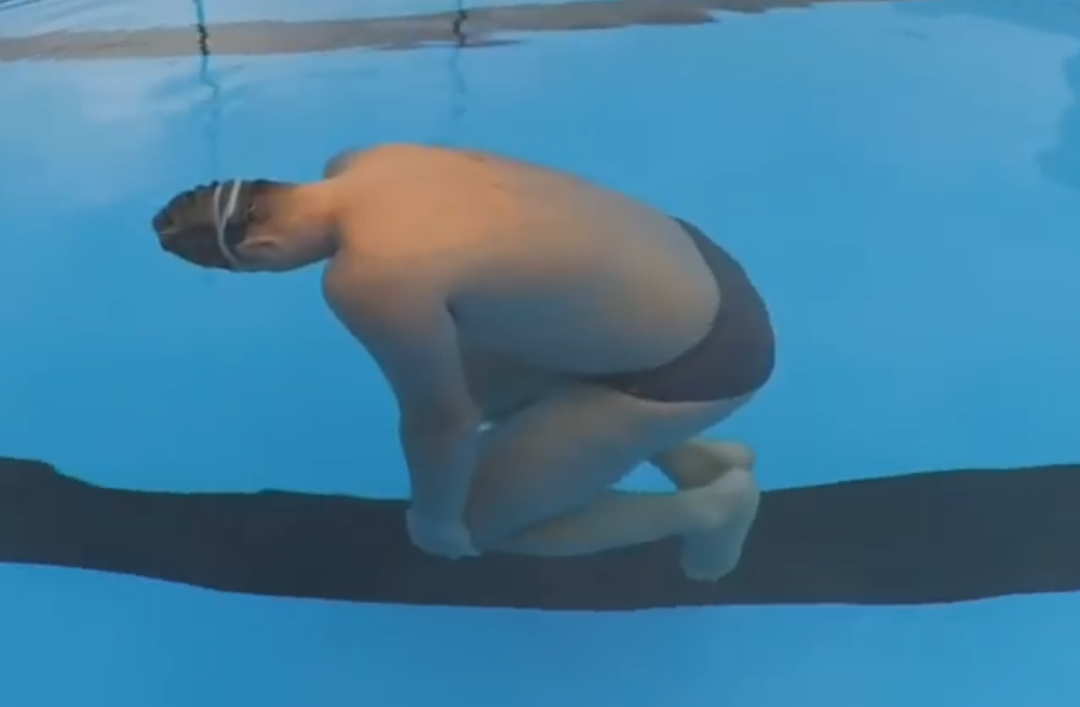
As long as you make the right first move, even in sudden situations like falling into the water unexpectedly, feeling exhausted, or encountering deep water, staying calm and responding effectively will prevent you from getting into danger—and significantly enhance your ability to save yourself in aquatic emergencies.
The second step is to find a ventilation opportunity.
A ventilation opportunity is, after all, a chance for survival.
After calming down your nerves, you should promptly look for an opportunity to regain your breath. The more anxious you become in the water, the easier it is to hold your breath for too long or start breathing rapidly and shallowly—both of which can quickly deplete your energy. The key is to maintain steady, controlled breathing: take a deep inhale, then slowly exhale over an extended period, giving your body ample time to adjust its buoyancy. When you breathe smoothly, you’ll naturally feel more composed and better equipped to handle whatever challenges lie ahead underwater.
A few examples
• Roll sideways from a prone position into an (back float) position to breathe. • When switching to breaststroke, you should perform the (lifting your head) to achieve deep, continuous, and natural breathing—rather than the standard breaststroke breathing technique. • Once your body surfaces, start treading water to keep breathing. If you’re not yet comfortable treading, it’s better to simply let yourself sink naturally—your body will rise back up on its own after a short while. As you float upward, resume treading—it’ll significantly reduce the effort required and help conserve your energy.
The third step is to conserve energy.
Physical strength is your life-saving asset.
Conserving energy is key to prolonging the time until rescue arrives. After falling into the water, it’s generally best not to attempt a full-blown swim—instead, even if caught in an unexpected whirlpool, there’s an optimal escape route and technique to follow. Relying solely on brute strength won’t help you achieve the swimming speed you’d expect.
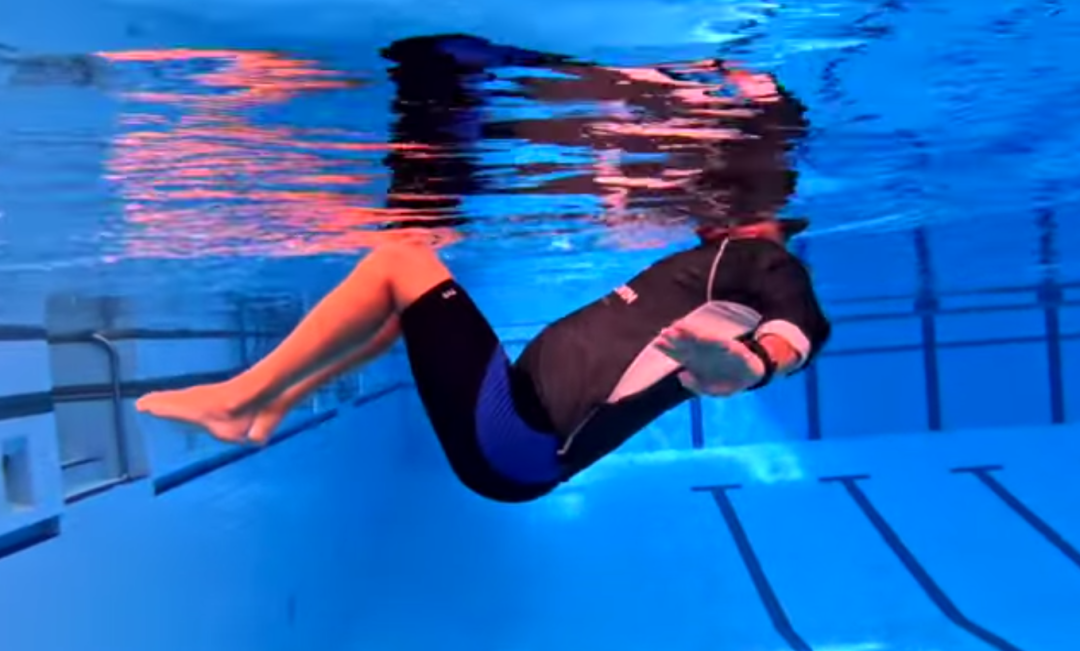
Maintaining physical strength requires natural breathing.
Avoid panicking, struggling, or flailing aimlessly—these actions will only drain your energy. The right approach is to immediately adopt a floating position, regulate your breathing, stay calm, and try to face toward people or the shore while calling for help. In most cases, rescue will arrive just as you’re managing to hold on.
In short, before handling unexpected situations, it’s essential to master techniques like floating on your back, lifting your head while frog-kicking, transitioning between prone and back positions, and more. If you’re swimming in open water, it’s also crucial to familiarize yourself with the specific conditions of the area—such as whether there are surface whirlpools or underwater currents, whether dangerous creatures like snakes might be present, or if there are dense aquatic plants that could easily entangle your legs or feet—and other potential hazards.
Related Articles

Completed a 1.5-hour swimming check-in for Mid-Autumn Festival

The three stages of mastering breathing technique in swimming: comfortable lungs, comfortable core, and comfortable movement.
